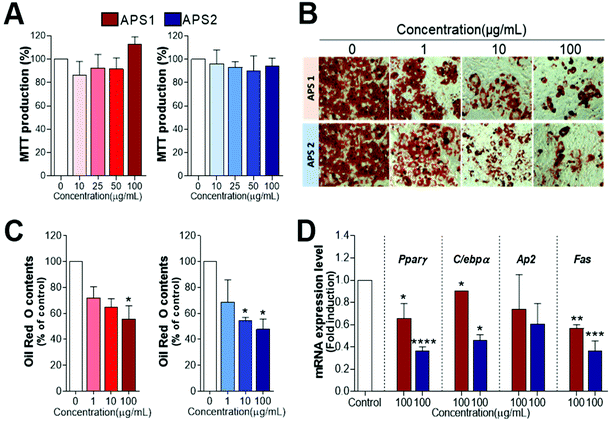 Open Access Article
Open Access ArticleCreative Commons Attribution 3.0 Unported Licence
Correction: Influence of the ecological environment on the structural characteristics and bioactivities of polysaccharides from alfalfa (Medicago sativa L.)
Chongyu
Zhang
 a,
Eunyoung
Kim
a,
Eunyoung
Kim
 b,
Jiamei
Cui
b,
Jiamei
Cui
 b,
Yunpeng
Wang
b,
Yunpeng
Wang
 a,
Yunkyoung
Lee
a,
Yunkyoung
Lee
 *bc and
Guiguo
Zhang
*bc and
Guiguo
Zhang
 *a
*a
aDepartment of Nutrition and China-Korea Joint R&D center on Plant-derived polysaccharide, Shandong Agricultural University, 61 Daizong Street, Taian City 271018, China. E-mail: zhanggg@sdau.edu.cn
bDepartment of Food Science and Nutrition, and Korea-China Joint R&D center on Plant-derived polysaccharide, Jeju National University, Jeju 63243, South Korea. E-mail: lyk1230@jejunu.ac.kr
cInterdisciplinary Graduate Program in Advanced Convergence Technology & Science, Jeju National University, Jeju 63243, South Korea
First published on 28th June 2022
Abstract
Correction for ‘Influence of the ecological environment on the structural characteristics and bioactivities of polysaccharides from alfalfa (Medicago sativa L.)’ by Chongyu Zhang et al., Food Funct., 2022, https://doi.org/10.1039/d2fo00371f.
The authors regret that an incorrect version of Fig. 7 was included in the original article. The correct version of Fig. 7 is presented below.
The Royal Society of Chemistry apologises for these errors and any consequent inconvenience to authors and readers.
| This journal is © The Royal Society of Chemistry 2022 |

